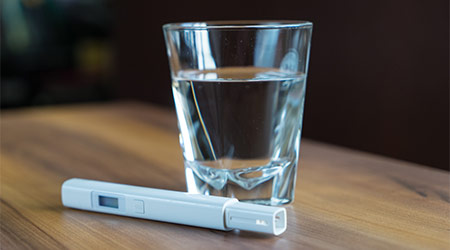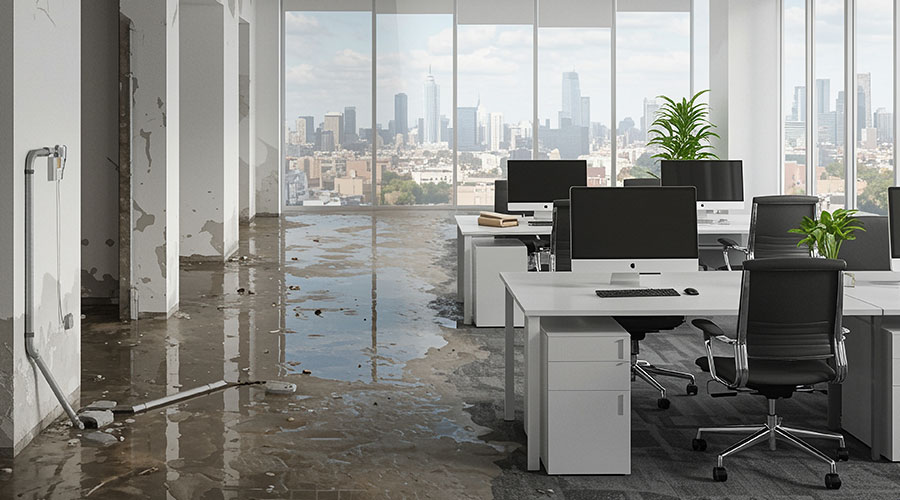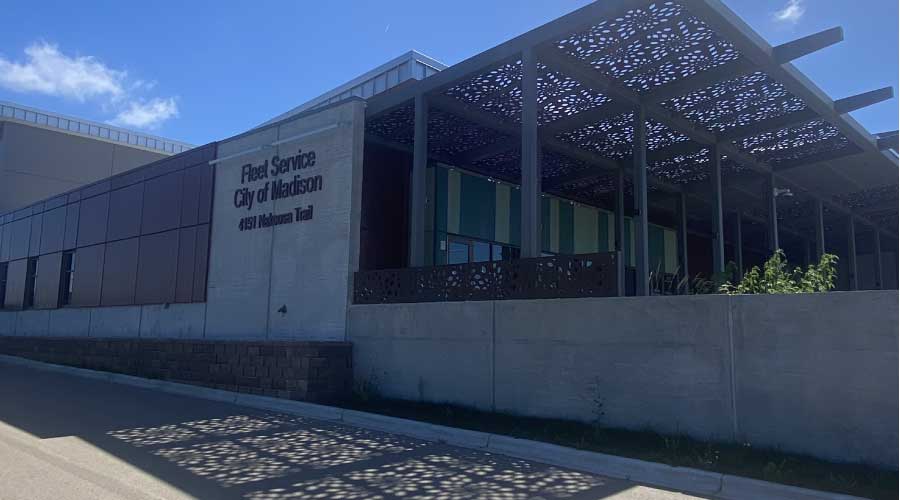 The use of direct reading devices for lead are becoming a popular way to obtain immediate information about lead content of water at drinking water outlets.
The use of direct reading devices for lead are becoming a popular way to obtain immediate information about lead content of water at drinking water outlets.Steps to Take to Ensure Facility Water Quality
Here are some specific strategies facility managers should employ to ensure the quality of their building's drinking water.
Facility managers are uniquely qualified to validate the quality of the building’s water distribution system. As Shell explains, in addition to reviewing monthly water quality reports issued by the utility, the facility manager can verify the type of piping used by the main and downstream systems. The facility manager can also oversee water filtration systems where contaminant levels are too high.
“Facility managers can identify target levels for key contaminants such as turbidity, disinfection byproducts, chemicals, and heavy metals,” Shell says. Some building occupants may also prefer for chlorine to be removed at the plumbing fixture.
“Based on water test results from drinking water fixtures, verify that the utility’s reported results correspond with your measurements,” Shell says. “This will help identify any issues in the building’s distribution system while also validating the quality of the utility’s infrastructure upstream.”
Hard water, or water with high mineral content, can lead to increased scale on pipes and plumbing fixtures, especially for hot water distribution. Maintaining water quality can flush potentially corrosive elements from a system.
To keep contaminants at bay and to ensure a building’s water supply doesn’t stagnate, facility managers also should work with a water quality professional to assess the design and condition of the building’s infrastructure. Keep in mind that the Safe Drinking Water Act sets maximum contaminant levels and high-quality water will be well below the maximum concentrations.
“Facilities managers should make sure that the water is tested for lead and that the public utility system is also testing for mandated, source contaminants,” Locke says. “The results should be reviewed and shared with building occupants in a common area and/or on the facility’s website.”
An effort should be made to upgrade old and outdated infrastructure inside buildings, such as replacing old water fountains with bottle filling stations that are filtered and chilled for taste. A plan should also be created to ensure that water is flushed at outlets that are not often used to prevent stagnation, and for outlets that are often used, the equipment should be routinely cleaned and properly maintained.
“A healthy hydration campaign can be created within a facility that should include building occupants as part of the planning process,” Locke says. Signs and posters can be shared at drinking water outlets and email blasts can encourage the use of tap water to fill water bottles, as both a hydration action and as a way to save the environment from single use plastics.
Building occupants are often eager to do what it takes to ensure clean, healthy drinking water, says Locke. For instance, students at a public high school started a green team that encouraged the school community to purchase new hydration stations at their school, replacing old, antiquated porcelain bowl fountains. This push by the students resulted in the funding of multiple filtered, chilled hydration stations in accessible locations throughout the facility.
“The green team made sure that the outlets had digital counters to show how many plastic water bottles were saved from landfills by using the tap water,” Locke says. “The local water utility also engaged the students in a healthy hydration campaign in which students designed posters to encourage students to drink tap water. The posters were printed by the school district and placed near the new hydration stations.”
To establish water accessibility when planning spaces, facility managers should identify convenient locations for water dispensing that are visible from common circulation paths.
“It has to be convenient and accessible. Water stations have to be provided in all employee workspaces and workers need to have the time and containers to access and store it,” Kannenberg says. “Regular testing and posting of testing results can give employees confidence in the system—transparency is always the best option.”
Shell recommends facility managers consider incentivizing hydration with options for sparkling water dispensers and no-calorie flavors.
“Review guidelines like Fitwel and WELL Building Standard for ideas on hydration promotion,” Shell says.
Clean healthy water is an opportunity for building managers to differentiate themselves and make their property more valuable to tenants, Kannenberg says.
On the horizon
So what does the future hold for facility managers eager to monitor and identify any issues with a building’s water supply? One thing’s for sure: utility service providers have advanced testing and water quality data that can be used to support the quality of water coming into a facility.
Locke says the use of direct reading devices for lead are becoming a popular way to obtain immediate information about lead content of water at drinking water outlets. This may be a useful device for an older facility.
“The future will definitely include a continued interest in having safe, accessible and appealing drinking and cooking water for building occupants,” Locke says. “An area that may be emphasized more in the future is the conservation of water from a sustainability perspective.”
There also may be increasing interest in continuous water monitoring within buildings.
“This is a resilient strategy that safeguards occupants against unanticipated fluctuations in the municipal water supply,” Shell says. However, continuous monitoring is generally currently deployed at the utility level.
Maura Keller is a Twin Cities-based writer and editor.
Related Topics:













